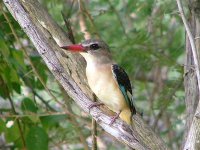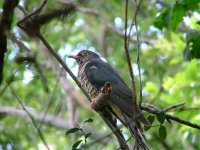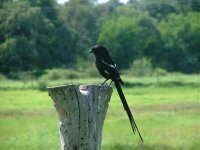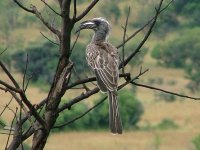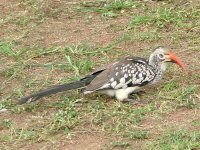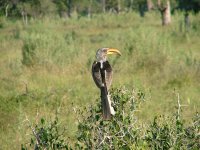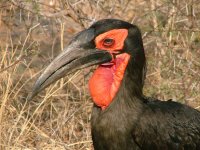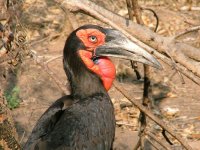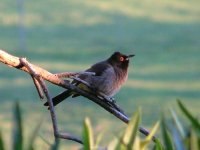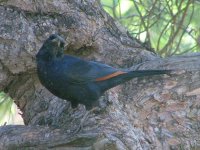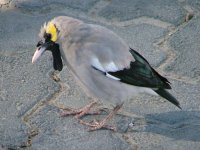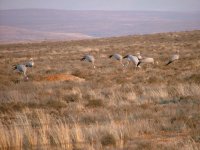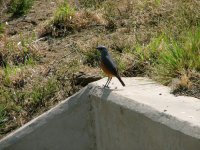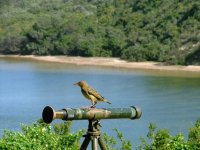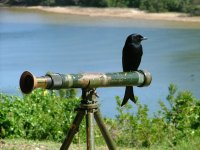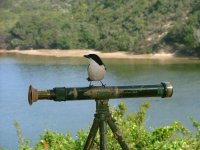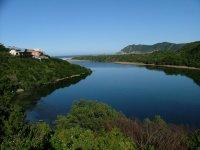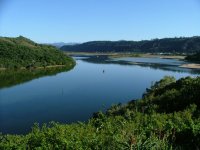Dave Kennedy
Well-known member
Hello, everybody.
Since there is no forum for Botswana, and precious little action on Zimbabwe's site, I would like to start a thread for birds in Southern Africa. This I am defining geographically as the area south of the Cunene and Zambezi Rivers, incorporating Namibia, Botswana, Zimbabwe, Mozambique, South Africa, Lesotho and Swaziland.
Just to kick the whole thing off, I must tell you that at dusk, about twenty minutes ago, as I was lying flat on my back in the garden staring at the sky, a beautiful freckled nightjar flew slowly over me, calling as it went. Although I had heard them calling before, this was the first confirmed sighting, so I am delighted. This took place about 40 km west of Johannesburg. The list for the garden is now between 60 and 70 species.
So here we go, and I would invite anybody with relevant information or pertinent questions to join in, and help place Southern Africa on the world birding map.
Thank you,
Dave Kennedy
Since there is no forum for Botswana, and precious little action on Zimbabwe's site, I would like to start a thread for birds in Southern Africa. This I am defining geographically as the area south of the Cunene and Zambezi Rivers, incorporating Namibia, Botswana, Zimbabwe, Mozambique, South Africa, Lesotho and Swaziland.
Just to kick the whole thing off, I must tell you that at dusk, about twenty minutes ago, as I was lying flat on my back in the garden staring at the sky, a beautiful freckled nightjar flew slowly over me, calling as it went. Although I had heard them calling before, this was the first confirmed sighting, so I am delighted. This took place about 40 km west of Johannesburg. The list for the garden is now between 60 and 70 species.
So here we go, and I would invite anybody with relevant information or pertinent questions to join in, and help place Southern Africa on the world birding map.
Thank you,
Dave Kennedy




